One of the joys of using a well established game engine like UNITY is the power it gives you to get into the detail. Unfortunately the main problem is also the power it gives you to get into the detail.
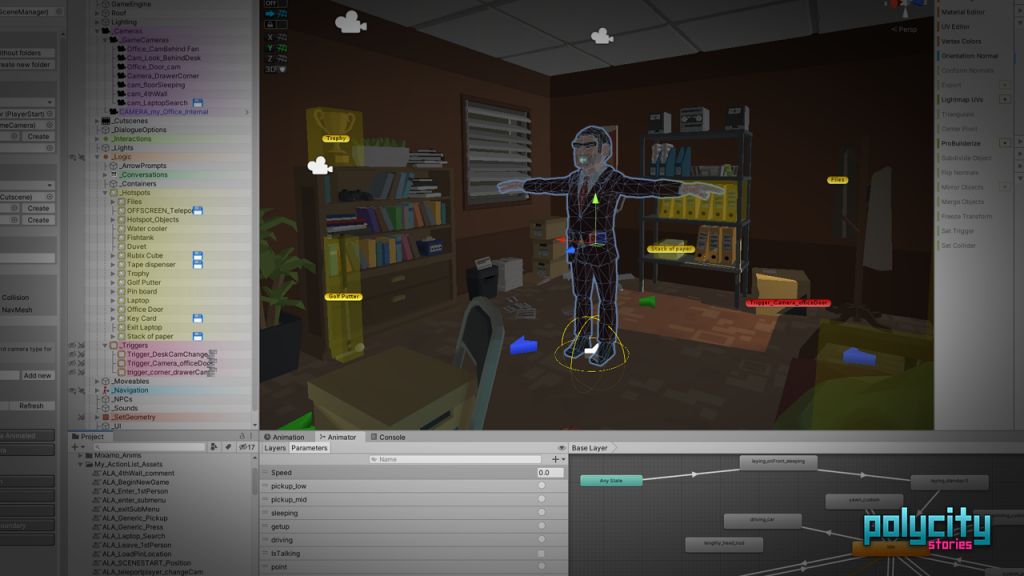
Without doubt the key reason I’m even attempting another point and click game is because of the incredible work done by Chris Burton at Ice Box Studios in creating Adventure Creator (AC) for UNITY.
Throughout the process I’ll post screengrabs and a few articles about the tech infrastructure in the background. I know there’s some geeks out there that will be interested and equally people who have a passion for screenwriting or storytelling and might see these tools and maybe have a try themselves.
More often than not these screenshots will be showing some of the great tools Chris has made to rise above some of this detail and speed the game making process up.
As a first tech treat, here’s just a snippet of a single dialogue tree with “hobo joe” one of the first NPCs you’ll come across in Poly City.
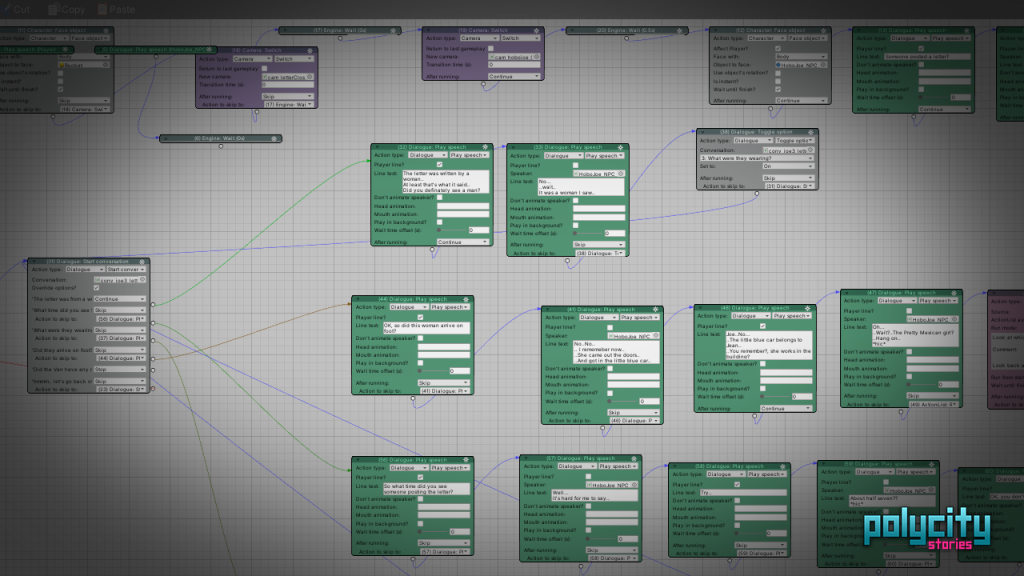
From this snippet you should be able to just about make out the many “wires” that connect each piece of dialogue and the multiple branch points that give the end user that classic “choose your response” during conversations.
For the non-technical this might look daunting, but it works really well for stringing together pretty complex chains of conversation. AC also uses the same node based editor for all action sequences, so right in the middle of a conversation you can trigger a camera cut, a piece of animation, a sound effect or anything you need to move the story along.
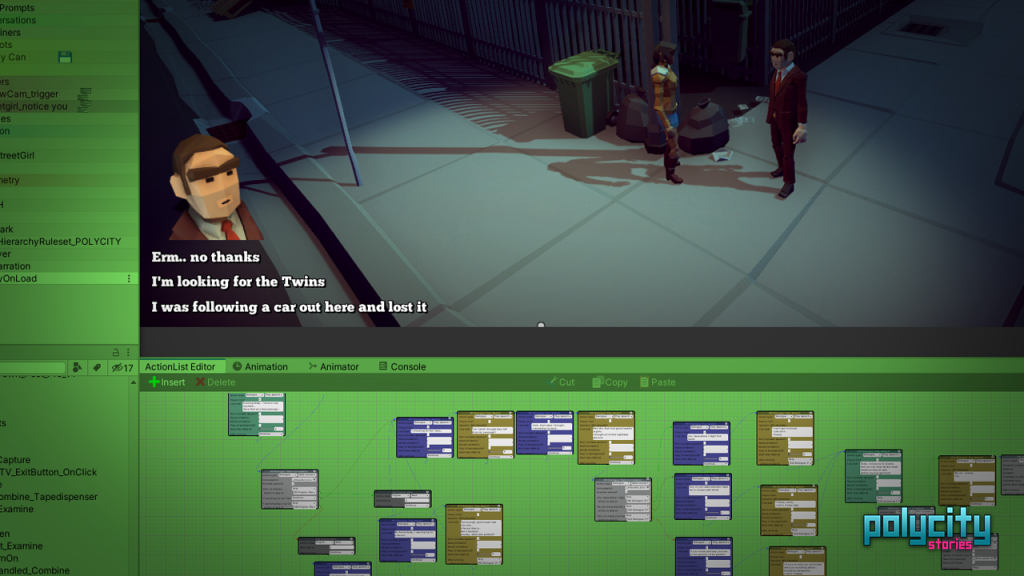
I’ve personally colour coded different action types, so it’s easy at a glance to see what is dialogue, camera moves or other triggers. It’s a great system and drives so much of the efficiency behind the Adventure Creator plugin.
You’d think I was on commission! But genuinely I’m not, it’s just a great set of tools that let people like me realise their dream of creating a proper point and click adventure!
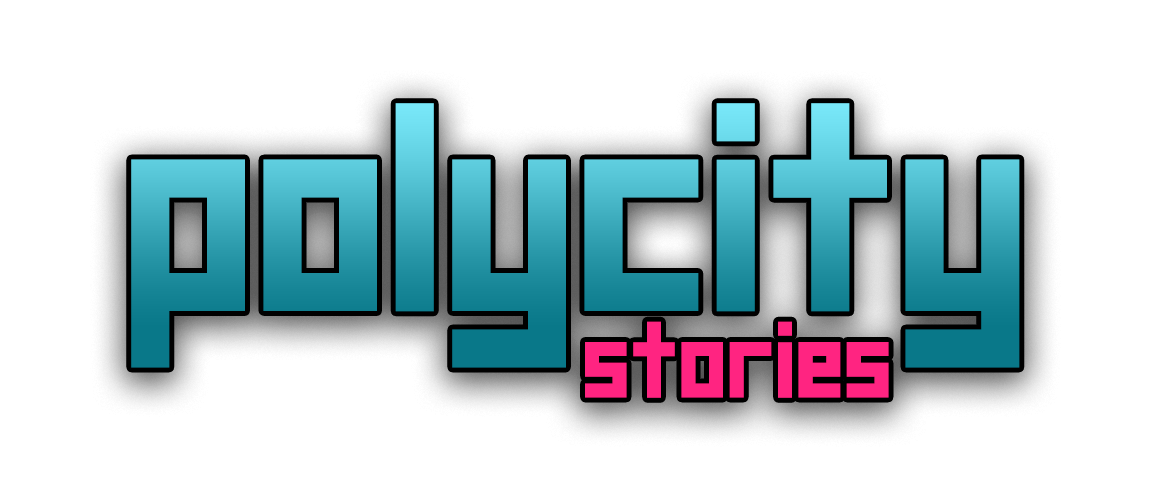
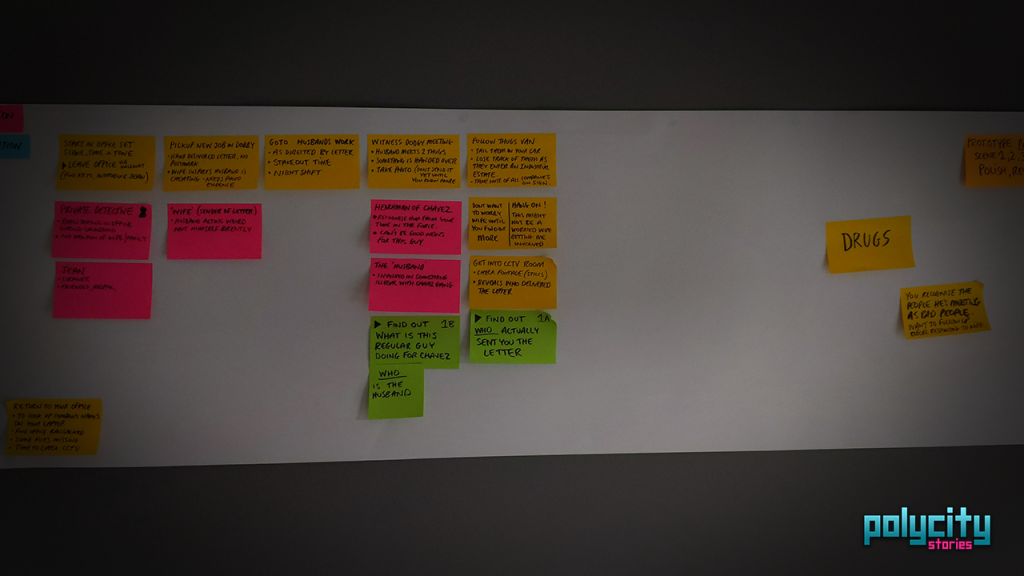
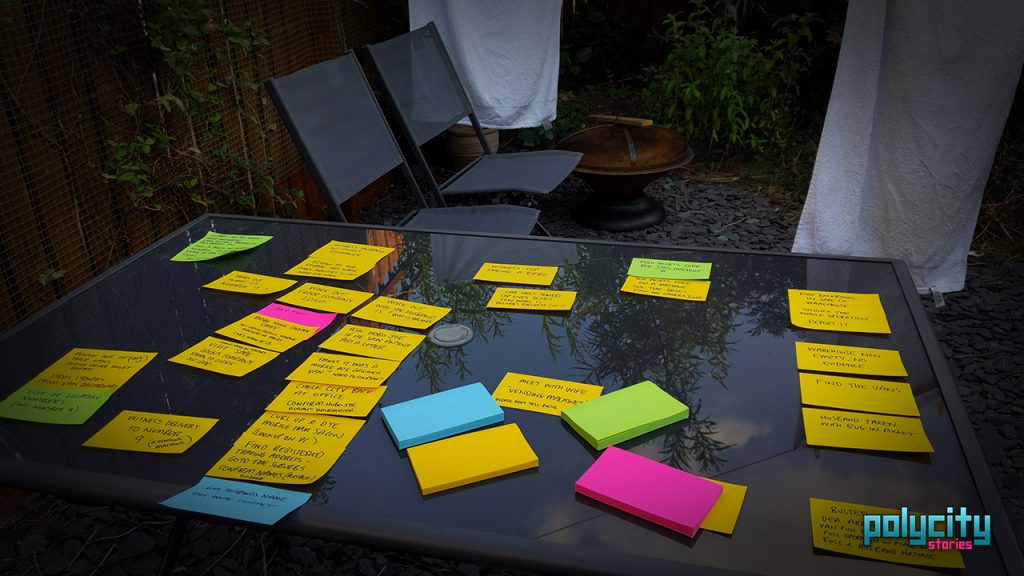
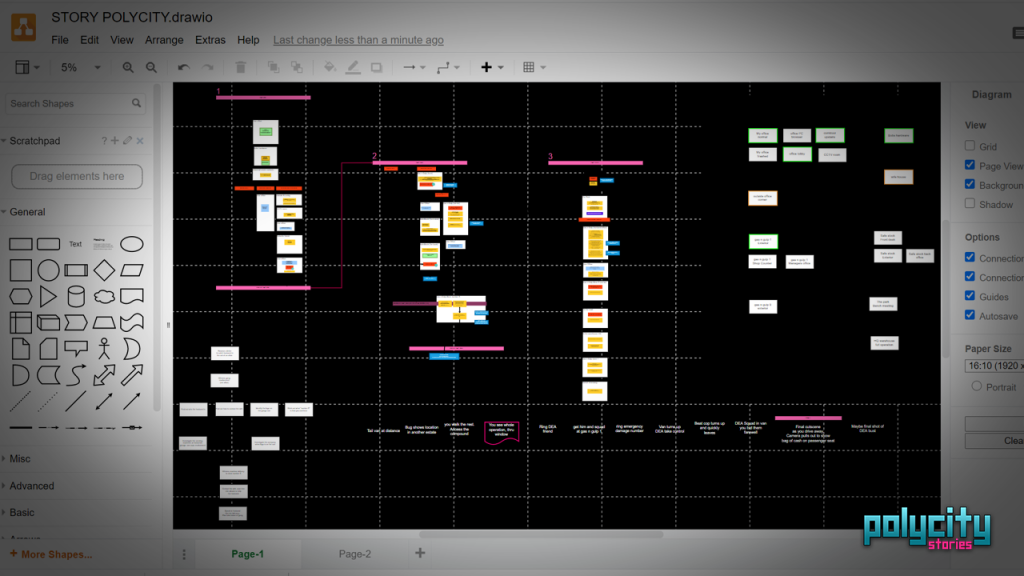
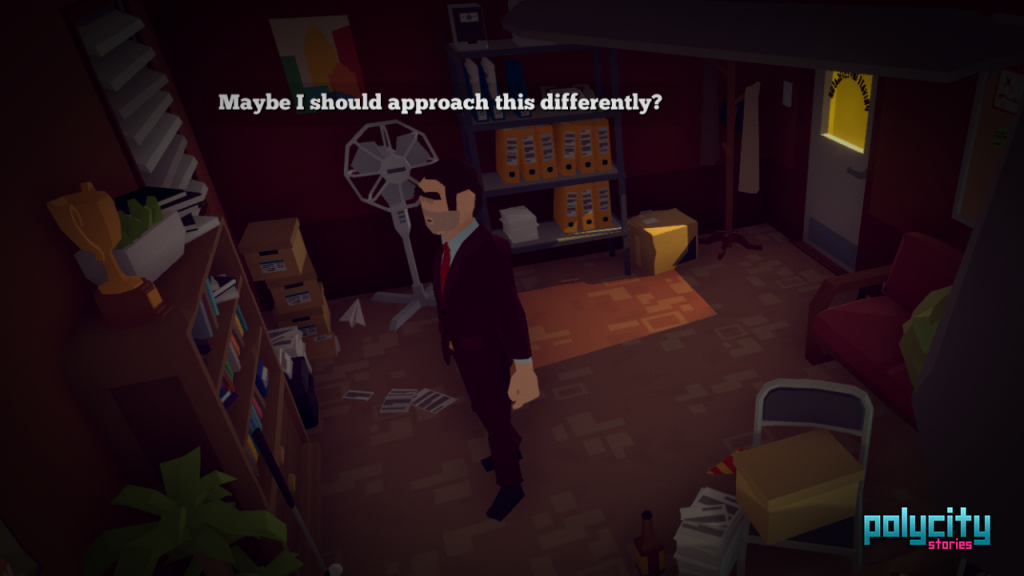
Recent Comments